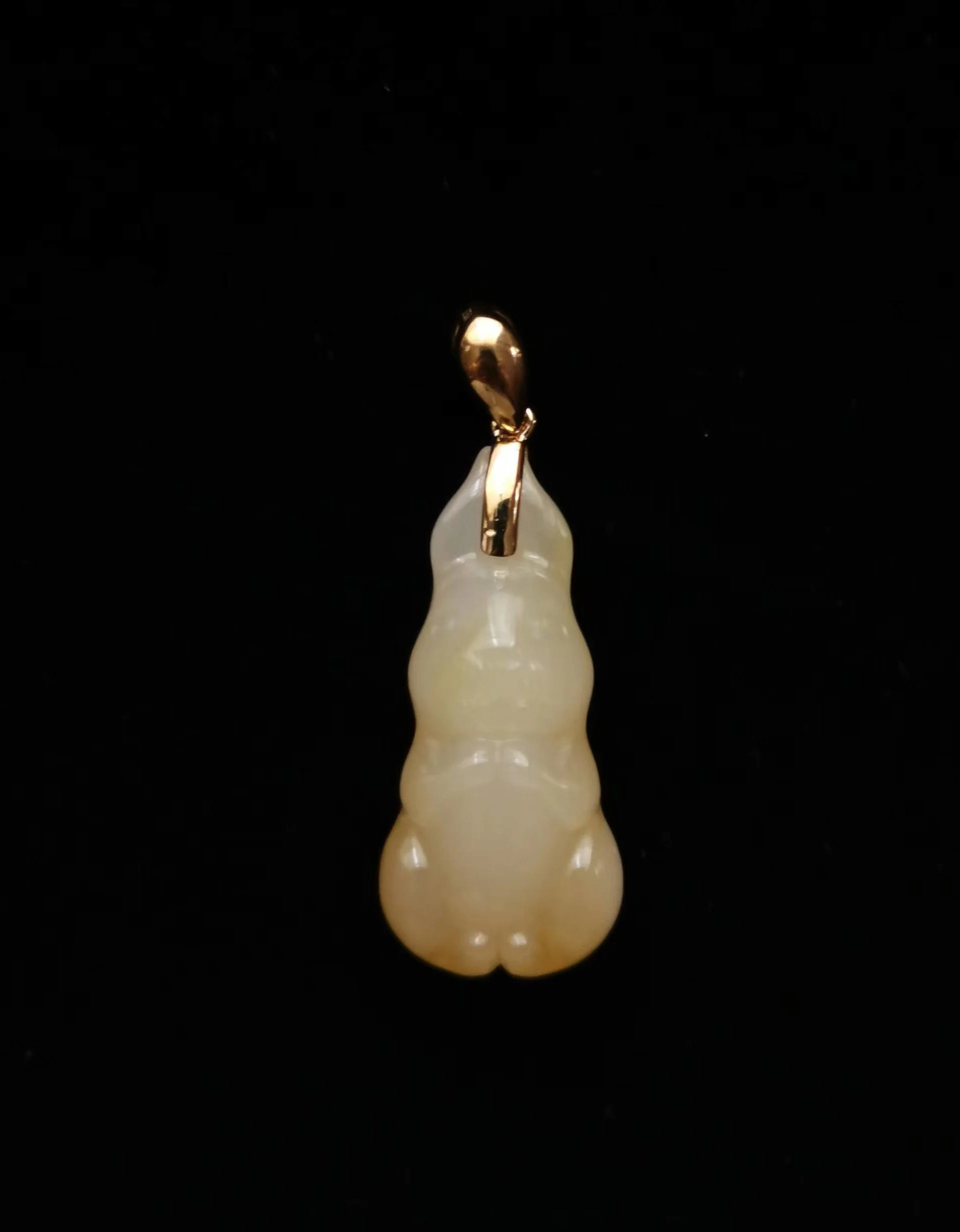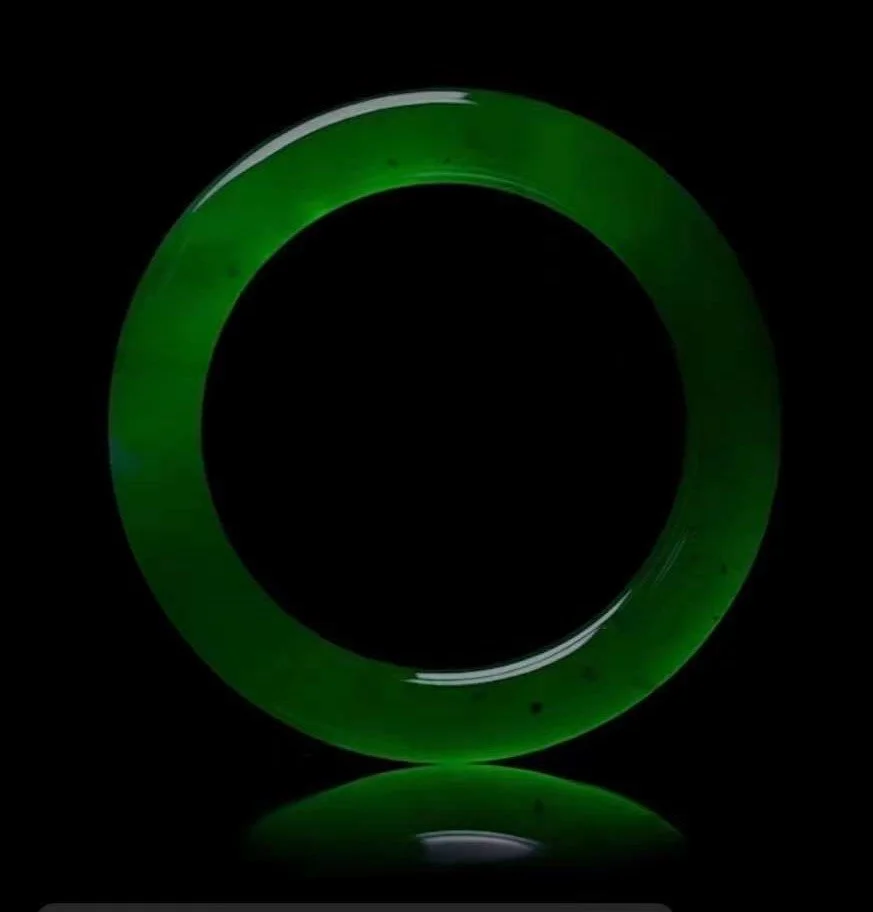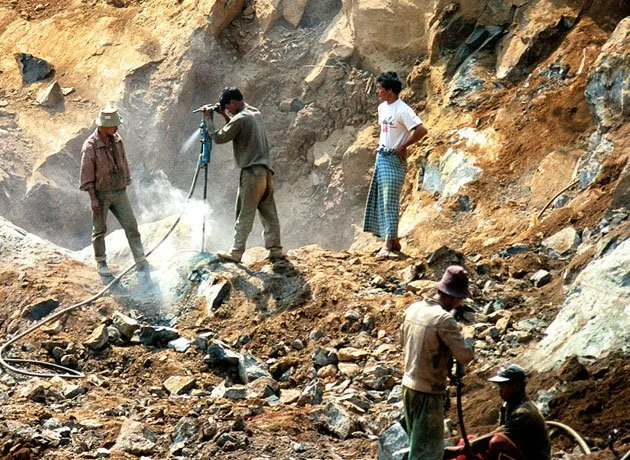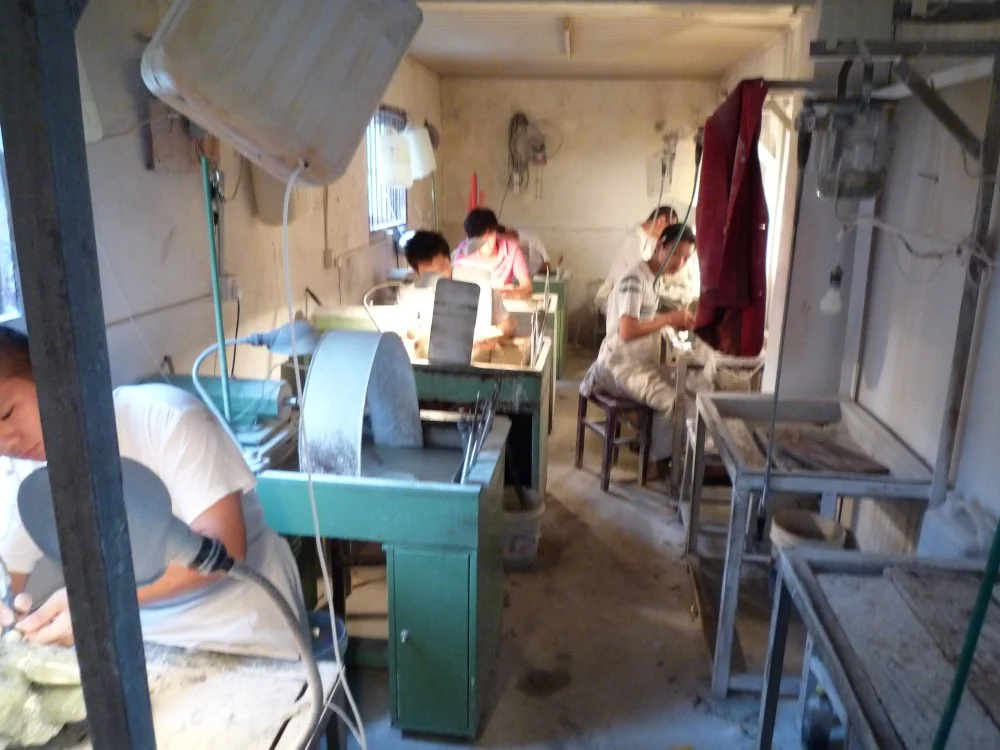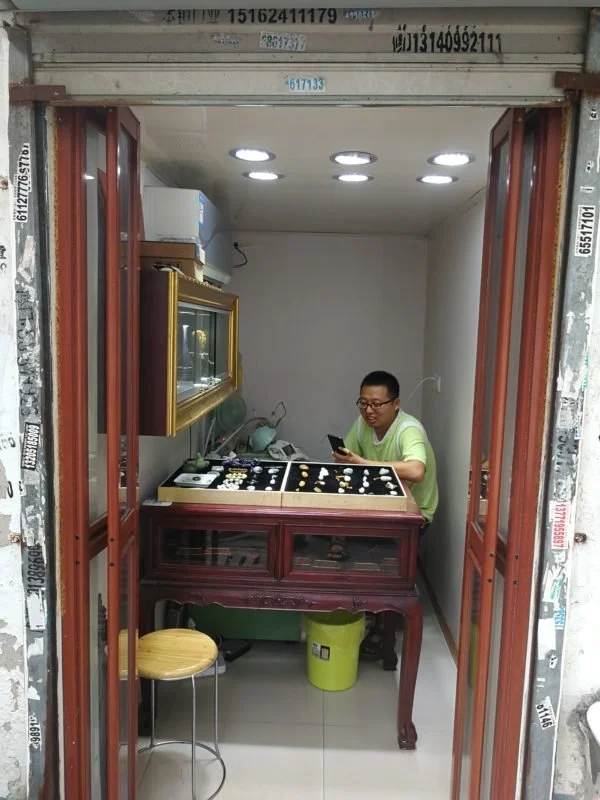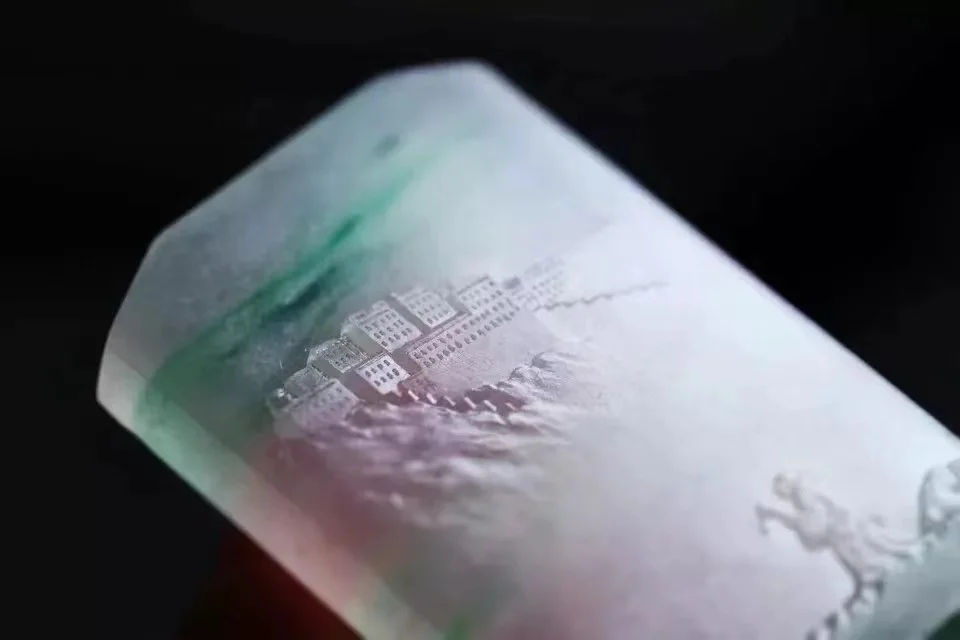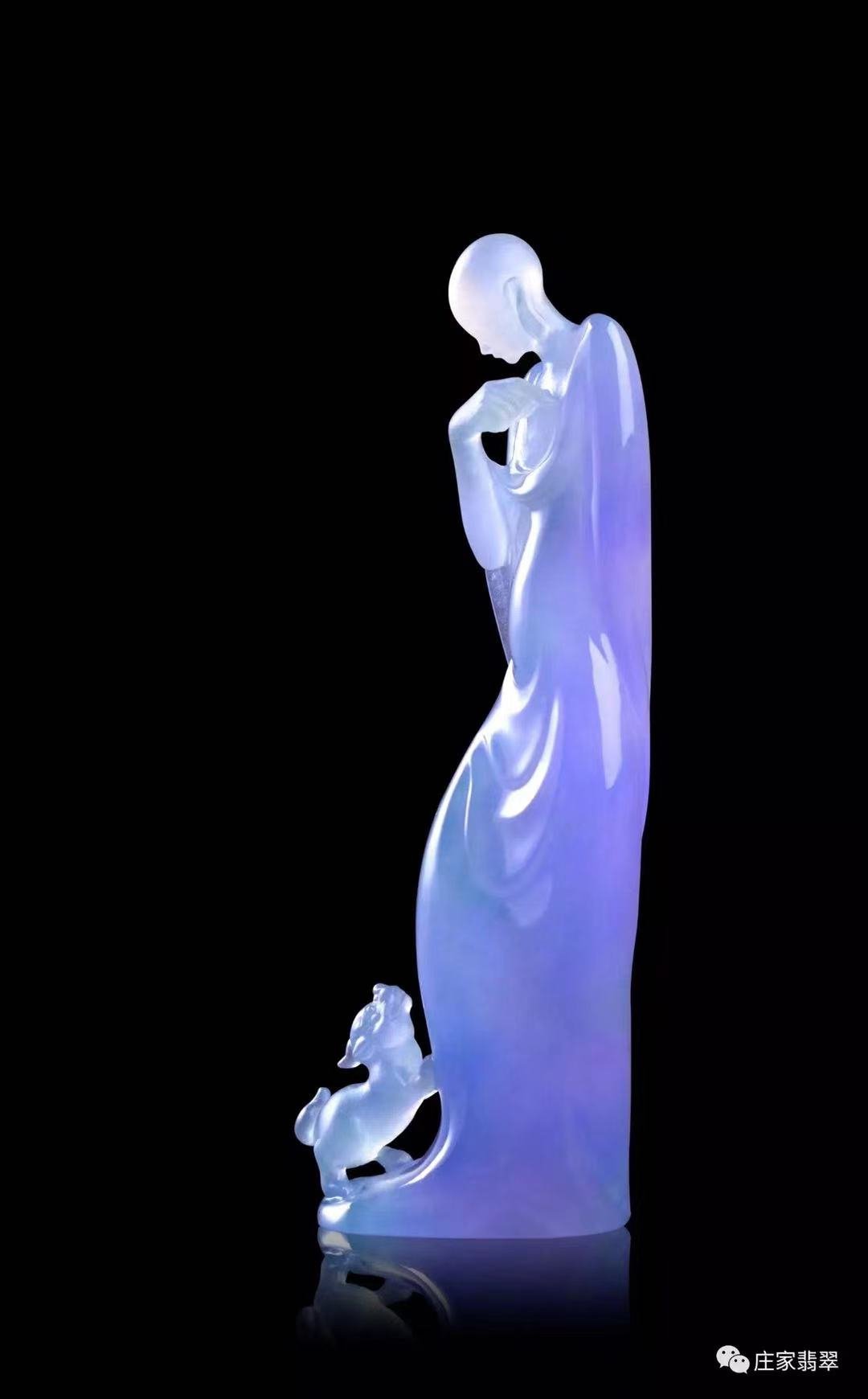All About Jade
The Chinese Jade Industry
Jade in China is a multi billion dollar a year industry which employs about a million people. You will not find a town or city which does not have a shop selling jade. There are 1.4 billion people in China and many of them will own at least one piece of jade. It is a tradition to give it as a gift to wish someone either prosperity, long life, luck, many children or success in exams. While in the west you might see someone wearing a gold pendant, pearl necklace, silver bangle or diamond engagement ring – in China they are more likely to be a jade pendant, a jade necklace, a jade bangle or a ring where the stone set in it is likely to be made from what many call the Stone of Heaven.
Jade in Chinese Culture
Jade has always been revered in China and largely due to Confucius people associate it with all that is good and pure. Two and a half millennia ago Confucius raved about jade. He said it embodied purity, intelligence, justice, loyalty, truth, sincerity and chastity.
In the West we talk of a maggn in the moon. In China they talk of the Jade Rabbit in the Moon. He stands by the side of the Moon Goddess, Chang-E, and pounds the elixir of a immortality with a pestle and mortar.
When China launched its first unmanned moon probe the people were asked what it should be called. They voted to call it the Jade Rabbit.
Today jade is accepted as one of the most important parts of Chinese culture. It’s full rehabilitation was demonstrated during the 2008 Olympics. The main material used in the making of the gold, silver and bronze medals was jade. Sales of jade rocketed after this. A sure sign perhaps that jade was seen as a symbol not only of the ancient middle kingdom and Confucian values but also of modern China.
Symbolism in Jade
Many Chinese people won’t buy a piece because it is pretty or they like the design, it has to have meaning. In fact most decent jades are carved with symbols which convey wishes for wealth, long life, luck, many children or success in exams.
One of the most common is the bat. It might be a symbol of the night and vampires in the west but is seen as very auspicious in China because the word for bat sounds the same as the Chinese word for luck.
Not only do most carvings have a meaning but there is usually a legend or folk tale behind it. A carving including a peach for example usually represents long life. This is because the peach is the fruit of immortality. The peach tree of the Gods is said to blossom once every three thousand years and produce the fruit of eternal life. So a peach and bat together symbolize both good luck and long life.
The Dragon and the Phoenix have long been symbols of good luck. They are also seen as symbols of power. They have long been associated with the Emperor and Empress . But in more recent times ordinary people have associated them with husband and wife. A pair of jades carved into a dragon and phoenix are popular wedding gifts.
The butterfly is seen as a symbol of good luck in China. Apple green jade with gold and rubies.
For those who are interested there are detailed explanations of the symbols and their meanings in my book, Jade Life. Here are some of the most common themes which will give you an idea of what to look for if you visit a jade shop in China.
Wen Zhong Legendary warrior and bodyguard of the first emperor of China. Worn as an amulet of protection.
Guan Yu 关羽 Legendary warrior and general of the Three Kingdoms period. Later worshipped as a God.
Tortoise 乌龟 Symbol of longevity
Qilin 麒麟 Mythical animal often compared to a unicorn. Often placed in the house of a couple who wish for a son. Legend says it will only appear at the time of a good and wise ruler or a great man.
Pixiu Mythical animal. Symbol for the acquisition and preservation of wealth.
Guanyin 观音 Goddess of Mercy venerated by Chinese Buddhists as the Bodhisattva of compassion.
Badger GouHuan 狗獾 Symbolizes happiness. Two badgers double happiness.
Magpie XiQue 喜鹊 Magical birds seen as messengers of good news and happiness.
Mandarin ducks YuanYang 鸳鸯 Always carved in pairs. A symbol of trust, affection and marital bliss.
Spider The meaning of a spider carved in jade is Joy from Heaven.
Carp Liyu 鲤鱼 Symbol of the scholar and perseverance
Goldfish Jinyu 金鱼 Symbolizes a wish for abundance and wealth
Changmingsuo 长命锁 Amulet of protection and long life. Popular gift for children.
PingAnSuo 平安锁 Amulet of protection and a trouble free life. Popular gift for children.
PingAnKou 平安扣 Amulet of protection and harmony. Popular gift for children.
Empty Tablet. WuZiPai 无字牌 A smooth rectangle of unblemished jade worn as a pendant. It symbolizes a wish for a trouble free life.
Calabash or Bottle Gourd in chatoyant Siberian jade with gold and diamonds. Daoists believe the gourd represents the link between heaven and earth. The upper half representing heaven and the lower portion the earth. Also associated with longevity.
Jade Idioms
There are hundreds of Chinese sayings which use the word jade – almost always in a positive context – as something good, noble, beautiful or honest – reinforcing the cultural belief that jade is something associated with the best in man. Here are some of the most commonly used.
Words like gold and jade jinyu-liangyan 金玉良言 Invaluable advice.
Pure as jade and clean as ice bingqing-yujie 冰清玉洁 Pure and noble.
Jade lady YuNu 玉女 A woman of beauty.
Smooth as jade and soft as flowers yùruǎn- huāróu 玉软花柔 Used to describe a beautiful woman.
Jade bones and ice white skin yù gǔ bīng jī 玉骨冰肌 Women with slim figures and smooth and fair skin.
To cherish the body as if it was jade Shǒushēn- ruòyù 守身若玉 The Western equivalent would be to treat your body like a temple.
Exchange weapons of war for jade and silk huà gān gē wéi yù bó 化干戈为玉帛. Western equivalent would be to turn swords into ploughshares
Can’t tell jade from stone. yù shí nán fēn 玉石难分 Can’t tell good from bad.
Friends like gold and jade yù kūn jīn yǒu 玉昆金友.
Jade and gold on the outside rubbish on the inside Jin Yu qi waibaiu qi zhong 金玉其外败絮其中. Western equivalent All that glitters is not gold.
What is Jade?
Jade is an umbrella term used to describe two different stones. The first is nephrite which has been carved in China for thousands of years. The second is Jadeite which was only introduced to China from Myanmar in the late eighteenth century. Although similar in appearance they are chemically and structurally different. These are the two stones which are now used by the modern Chinese jade industry.
Rabbit pendant in honey coloured nephrite jade
Nephrite is the grand old man of jade. It was the nearest thing that stone age man had to metal tools and weapons. It’s a very tough material. At the same time its hard but not so hard that it can’t be ground to shape by harder materials like quartz. It is also quite a heavy material so if you make an axe head or adz out of it you can wield it with enough force to chop down a tree or strike a killing blow. It comes in a variety of attractive colours and the best of it is beautifully translucent. Ancient cultures used it for adornment and religious rituals as well as tools. Nephrite has a hardnesss on the Mohs Scale of 6 – 6.5 and a specific gravity of 2.9 – 3.01. The chemical formula for nephrite is Ca2(Mg, Fe)5Si8O22(OH)2
Jade bangle in imperial green jadeite. Sold at auction in Hong Kong in 2023 for more than $6,000,000USD
Jadeite is a the baby in the world of Chinese jade. It wasn’t carved in China until the the reign of the Emperor QianLong in the late 18th century.The brilliant and very rare kingfisher green, which it is most famous for, is just one of its colours. It comes in many other shades of green and in a lovely lavender. There is also blue, black, brown, grey, yellow and brown. Some of the best pieces have several colours in them. It has a hardness on the Mohs Scale of 6.5 – 7 and a specific gravity of 3.25 – 3.4 The chemical formula for jadeite is NaAlSi2O6
Where Does Jade Come From?
NEPHRITE
The most valuable nephrite is the mutton fat white jade which comes from the White Jade River – The Yurungash – that flows through Hetian just north of the Kunlun Mountains in Xinjiang province in north west China. It has been treasured for thousands of years and considered so precious that it was sent as tribute to Chinese emperors for centuries.
Everybody in China knows about the famous Hetian jade. Many can recount some of the myths and folk tales that surround it. My favourite (and there are many variations of this story) is about how beautiful maidens would strip naked and step into the White Jade River by the light of a full moon to search for jade. They would easily find it as their bare feet felt among the stones on the river bed because their female yin would attract the male yang of the precious stone.
A lot of jade is found in the Kunlun Mountains. Some is close to Hetian but most is mined a thousand kilometres to the east near Qiemo (Cherchen). One mine alone produces fourteen hundred tons. Jade is also mined in Qinghai province to the south of the Kunlun Mountains. This can be a beautiful clear white but it doesn’t have the creamy translucent opaqueness found in Hetian jade . Another place in China where nephrite is mined is in Liaoning north east of Beijing. About thirty tons are found there annually.
Although thousands of tons a year is found in China it is not enough to satisfy the market. Hundred of tons of green jade is imported every year from British Columbia in Canada. Two hundred tons of white and twenty tons of green comes from around Lake Baikal in Siberia in Russia. White and green nephrite comes from a mine in Chuncheon in South Korea. I. New sources of nephrite are being found all the time. It is now also being imported into China from places such as Yemen and Pakistan.
A boulder of the famous Polar Jade from British Columbia. Boulders of nephrite can weigh several tons.
Where Does Jade Come From?
JADEITE
While there plenty of places in China and around the world with significant deposits of nephrite that can be mined commercially this is not the case with jadeite. There is no jadeite in China itself. It all has to be imported. There are two places in the world where jadeite is mined commercially. They are China’s neighbour, Myanmar, once called Burma and Guatemala in central America. Thousands of tons a year is currently being imported from Myanmar.
Guatemalan jadeite is not as sought after as that from Myanmar and even the finest does not fetch the same high prices. Nevertheless, hundreds of tons are imported to China every year. It comes in through Shanghai, Hong Kong and via Taiwan.
Jadeite being mined in the Kachin Hills in Myanmar.
Carving Centres in China
NEPHRITE
Nephrite carving is concentrated in the provinces of Jiangsu, Henan and Anhui. Suzhou in Jiangsu province is famous for its superb carvings in white Hetian jade, many of which are done in the style of the Ming and Qing Dynasties. Wherever you go in Suzhou and its surrounds you will come across jade, sometimes in surprising places. There is one tiny little village sixty kilometres away which only exists to make exquisite tea pots, cups, perfume bottles and vases. In all, forty thousand people work with jade in and around Suzhou. It is the largest jade centre in Jiangsu province. Thousands more people carve jade in the cities of Xuzhou and Yangzhou.
Neighbouring Anhui province has cities which are carving hubs. The best known is in the city of Bengbu in the north of the province. It is famous for mass producing reproduction and fake antique jade.
In the centre of China, in the most ancient part of the Middle Kingdom, is The Temple of the Stone Buddha. A huge wholesale jade market in Zhenping near the city of Nanyang in Henan province. At least 150,000 people making a living from jade.
One of the many small jade workshops which can be found all over China. Most enterprises are small family businesses.
A few of the main nephrite carving centres include:
Suzhou 苏州 City in Jiangsu province noted for its small and beautiful carvings in the style of the Ming and Qing dynasties
Xuzhou 徐州 City in the north of Jiangsu province with a substantial jade carving district
Yangzhou 扬州 City in Jiangsu province with a tradition of large jade sculptures, especially mountain scenes. The home of the last remaining government sponsored jade factory.
Bengbu 蚌埠 City in Anhui province with tens of thousands of carvers in five districts who specialize in reproductions of ancient jades. Notorious for making high quality fakes that many merchants try to pass off as the real thing.
Tongcheng 同城 City in Anhui province with a jade carving district which specializes in high end reproductions of Ming and Qing dynasty jades and copies of jade by the legendary Ming dynasty craftsmen Lu Zi Gang
Temple of the Stone Buddha Shi Fo Si 石佛寺 Largest nephrite wholesale market in the world. A lot of jadeite carvings are also sold here.
New Town Rough Jade Market XinCun Yuanliao Shichang 新村原料市场 One of the many markets where uncut jade is on sale at the Temple of the Stone Buddha in Zhengpin in Henan province. My favurite market.
Guangfu 光福 satellite town of Suzhou with its own jade industry specializing in large items such as vases, teapots, bowls and statuettes. A lot of green jade is used in Guangfu as compared to Suzhou which mainly uses white jade
One of the thousands of tiny one man jade carving workshops in China, consisting of a workbench, display cabinet and extra stool for a customer
Jadeite carving centres
Seventy per cent of all the jadeite carved in China comes from the town of Sihui in Guangdong province. More than seven thousand tons is used each year to fashion pieces big and small. In the last twenty years or so more and more of jade is carved by using computer controlled machinery. If you buy a jadeite pendant anywhere in China, or around the world for that matter, it very likely comes from Sihui.
All the centres for jadeite carving are in the south of China. They are concentrated in the two provinces of Guangdong and Yunnan. Sihui, in Guangdong, is by far the largest. It is estimated that 150,000 people work with jade in this small city.
Tablet carved in a stone with both lavender and green jadeite
The main jadeite carving centres in Southern China:
Sihui 四会 TianGuangXu or the Daylight Market天光墟. The largest jadeite market in Sihui in Guangdong province. Originally open in the early morning. Now open 24 hours a day.
Pingzhou 平洲 Jadeite carving centre in Guangdon province. Its speciality is bangles.
Jieyang 揭阳. Jadeite carving centre in Guangdon province. Its speciality very high quality carvings.
Ruili 瑞丽 A town in Yunnan province on the border with Myanmar which is a Jadeite trading centre.
YingJiang 盈江A town in Yunnan province which specializes in the sale of rough uncut jadeite boulders.
Mangshi 芒市 Jadeite carving centre in Yunnan province
Lijiang 丽江 Jadeite carving centre in Yunnan province
A superb carving in Lavender Jadeite
Advice on buying jade
When it comes to buying jade, Chinese merchants see westernersas easy marks who pay way too much. So wherever you go to buy jade, even if it is to a reputable store or craftsman, it is good to have an idea of how to identify good from bad and real from fake.
There are some basic indicators you can use to do this. The first is the scratch test. Both jadeite and nephrite are harder than steel so you should not be able to scratch them with a penknife. This is not a foolproof test and if you try it in a shopping mall they might well call security and have you thrown out of the building.
Another test is what I call the “Heft Test”. Just toss the jade into the air and feel the weight of it. Jade is very dense and weighs more than other stones. You can practice with an ordinary pebble picked up in the street to feel the difference.
Another indicator is what I call the “Warmth Test”. Hold a piece of jade in your hand until it reaches body temperature then place it on the table for thirty seconds. When you pick it up it should be cold again. If it isn’t it might well be glass.
Triple Mobius in Olmec Blue Jadeite
Shining a powerful torch into a jade will reveal slight imperfections in the stone. This shows it is probably a genuine stone. Man made material tends to be very even in texture. And pointing out these slight imperfections is a good bargaining point. Any form of mottling, dark irregular specks, or blemishes reduce the value.
Good jade is expensive. Think of it this way, you wouldn’t go to a flea market to buy a diamond engagement ring. If a stall holder showed you what he claimed to be a diamond ring you would be very suspicious. It is the same with jade which in China is considered a precious stone. Unless you are at one of the wholesale trade markets you can bet your bottom dollar it will be poor quality if it is jade at all. You need to go into a Jade shop or a high end mall to get the real thing.
Be wary of street vendors who approach you with what they assure you is precious jade.
And you must haggle. Many Westerners feel uncomfortable with the process because it appears confrontational. This could not be further from the truth. China is a non confrontational society however fiercely they might be arguing over the price it is all part of the game. The buyer and seller both have a price in mind. If agreement can be reached there will suddenly be smiles all round. It is not a process designed to upset people – just a way of reaching agreement by both sides without losing face.





